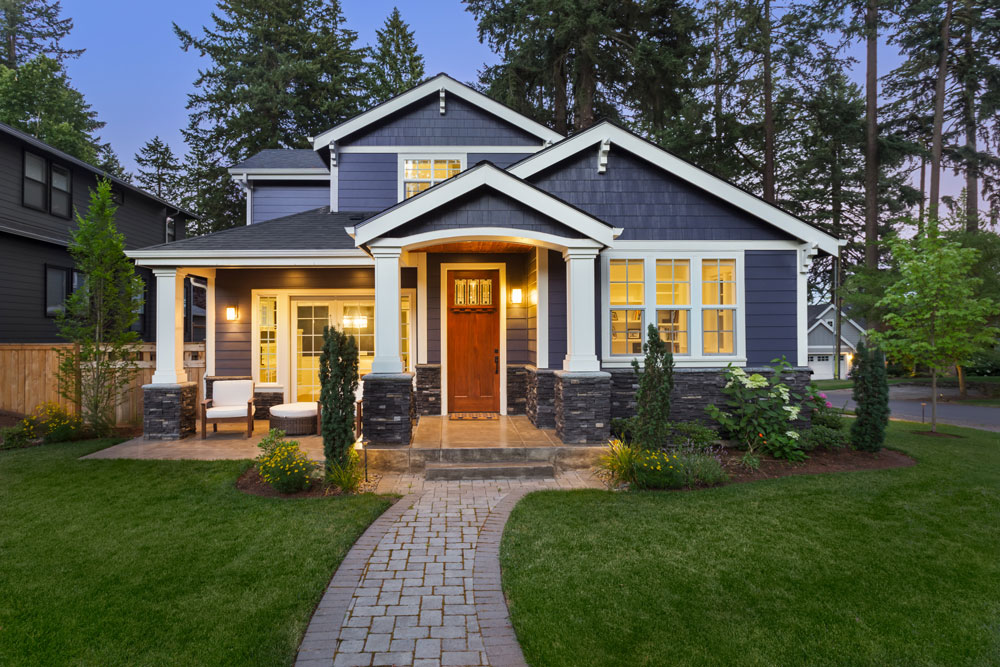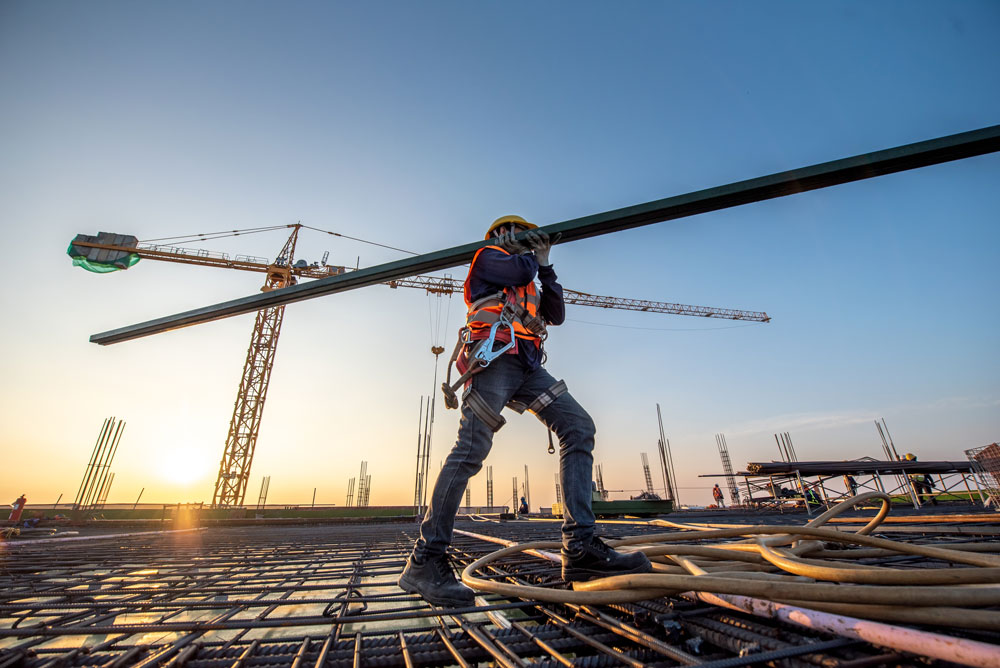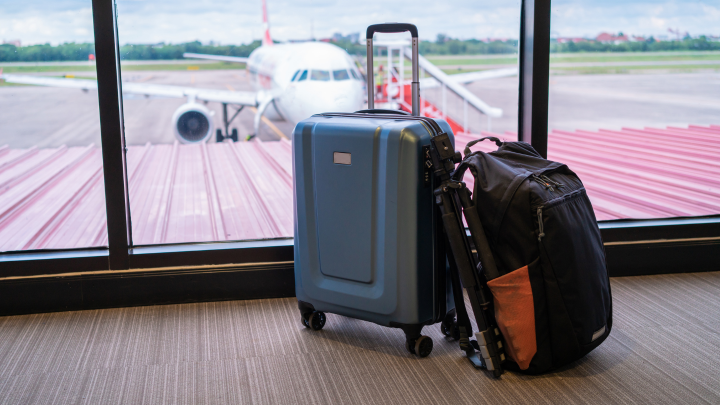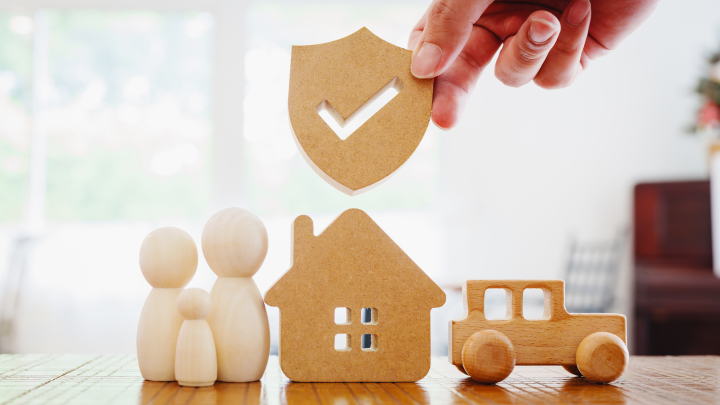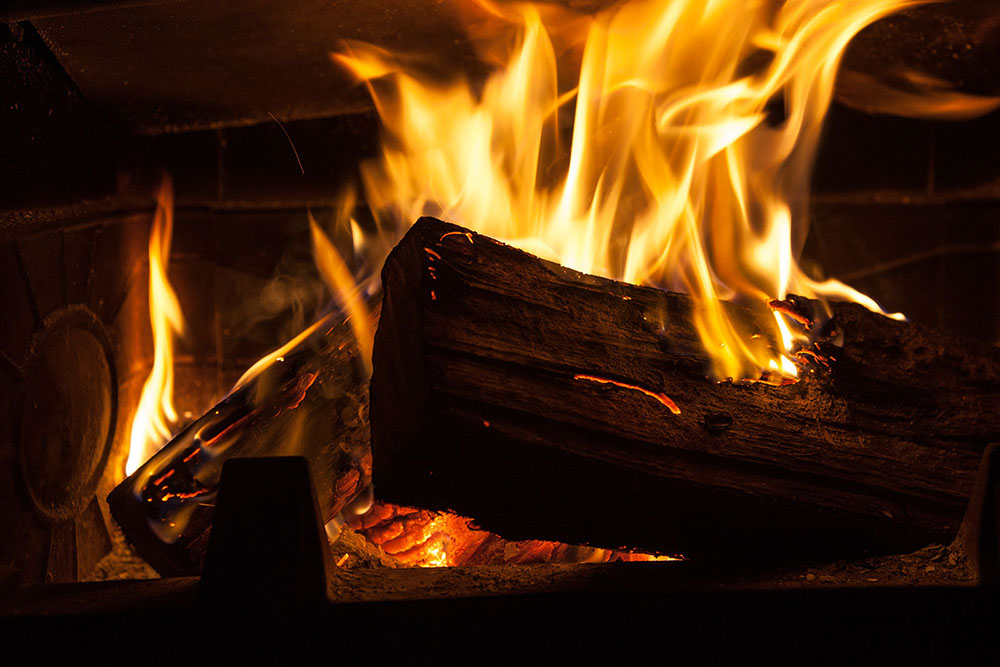
Where there’s smoke…
With Lover’s Day just around the corner, I’m reminded on cozying up by the fire, enjoying a delicious glass of wine, perhaps nibbling on chocolate from a heart shaped box. However, seeing as I work in the insurance industry, these lovely thoughts are interrupted by more serious thoughts on the household risks that accompany a chimney. Ba hambug I know, but my heart is in the right place.
Did You Know?
In spite of the ambiance and relaxation that a fireplace provides, there are also inherent fire dangers. To combat the risk of fire or inhalation of dangerous carbon monoxide (CO) gas, it is important for you to make chimney maintenance part of your home loss prevention plan.
Both metal and masonry chimneys require maintenance so that smoke and flue gases are ventilated properly. At the very least, you should have your chimney inspected annually before each heating season. In addition:
- Have your chimney cleaned on a regular basis to reduce creosote build-up.
- Make sure your masonry chimney has a flue liner in place to reduce the possibility that the masonry could absorb creosote.
- Replace cracked or damaged liners, as they will allow creosote to accumulate and heat to escape.
- When hiring someone to reline your chimney, only allow the contractor to use a product that has been tested and listed by a nationally recognized testing laboratory.
There are two types of chimneys that require specific maintenance to minimize the dangers in your home.
- Fireplace inserts (hearth stoves):
- Vent should be connected to the flue of the chimney.
- Factory-built metal chimneys:
- Do not use natural gas, fuel oil vents, well casing, stovepipe or other material in the chimney, as they cannot withstand the heat in the wood burner.
Safety First
Do not vent more than one heater or appliance into a single flue, as major complications can arise. If one fuel-burning appliance is connected to a flue and then you attach another appliance, such as a water heater, you are running the risk of the following serious problems:
- Heavy creosote accumulation
- Deterioration of the flue
- Creosote blocking the lower heater vent
- Carbon monoxide drifting into your home
Many people are unaware of the basic maintenance required in maintaining a home so don’t fret if you didn’t know. Peace of mind is a simple phone call to a specialist away.
POPULAR POSTS
-
 January 11, 2025Planning a Trip? Don’t Forget Travel Insurance
January 11, 2025Planning a Trip? Don’t Forget Travel Insurance -
 January 2, 2025New Year, New Coverage
January 2, 2025New Year, New Coverage -
 February 14, 2025Love & Protection: Why Your Valentine’s Day Gifts Need Insurance
February 14, 2025Love & Protection: Why Your Valentine’s Day Gifts Need Insurance



